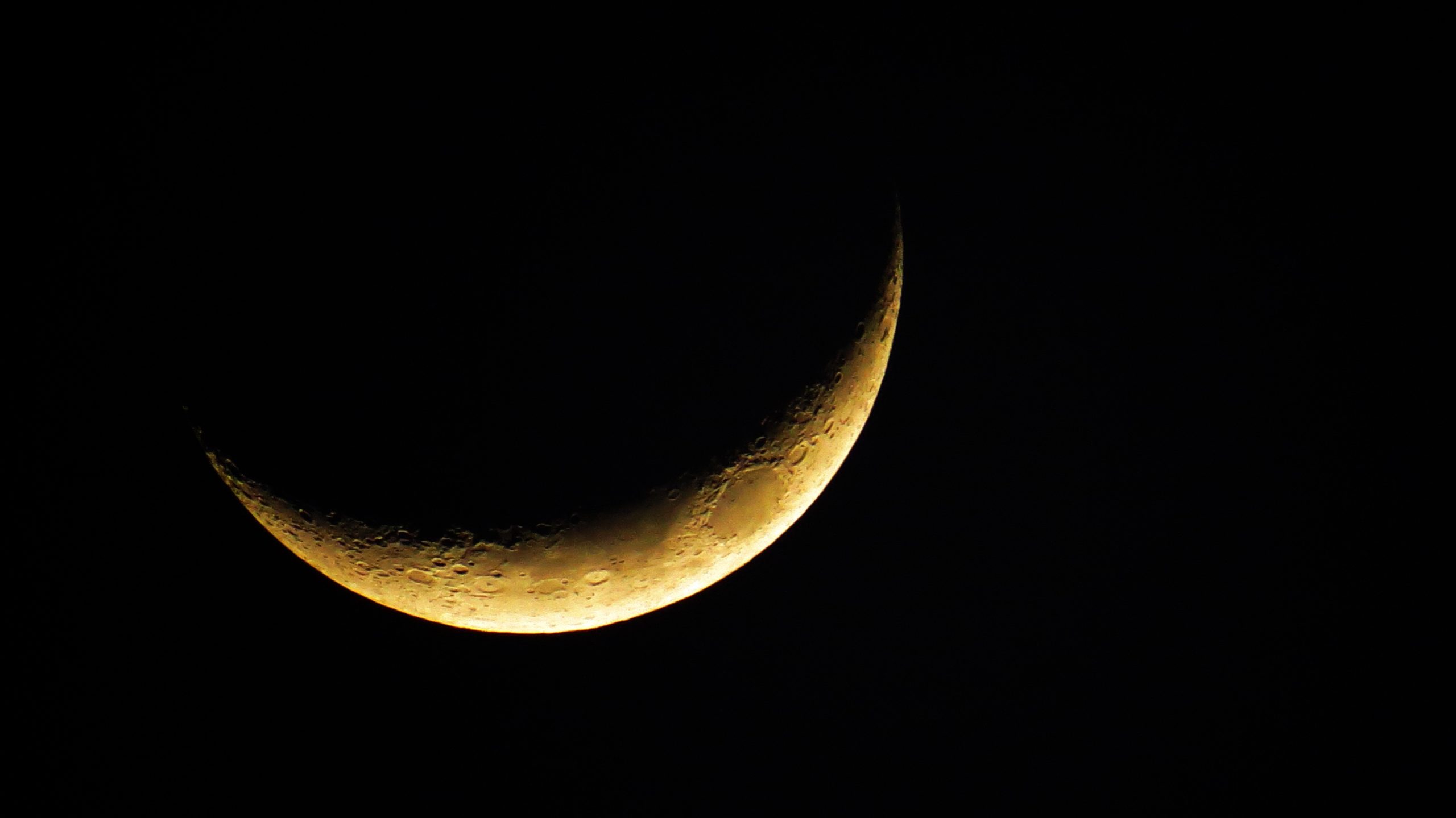
Determining the ages of planetary surfaces and events is no easy task. Surfaces are often layered in deposits from more recent activity. This fact is easily recognized on the Earth but also occurs on other planets, moons, and small bodies. Our own Moon is one such place.
While planetary scientists have a solid hypothesis for the formation of our Moon, the period after formation is clouded by the myriad of events that took place. Apollo samples helped solve some mysteries, but events prior to about 4 billion years ago are still relatively unknown in their scale and timing. However, thanks to data from a NASA satellite mission to our lunar neighbor, we now have a better idea about what occurred in that time frame and constraints on when.
NASA’s GRAIL mission was instrumental in revealing hidden features under the lunar crust. Some of the largest of these revealed features are the areas of thinned crust under the Moon’s largest impact craters. To give some context, the impact craters analyzed in this study are, at their smallest, the size of the US state of Missouri (about 450 km). The mission also revealed new evidence of impact craters that had been erased by younger events. Using a stronger-backed set of impact craters, based on GRAIL results, my study quantified the age and degradation state of the Moon’s largest impact craters to investigate if there was a trend in the degradation of impact craters through the Moon’s unknown period.
What was found is that there is a sharp change in the degradation state of large impact craters about 1/3rd of the way through the set of impact craters when laid out in sequence. While the exact timing of when this change occurred is still unknown, the timing of this change is related to the cooling and solidification of the Moon after the giant impact event that formed it.
However, depending on assumptions, the hypothesized timing of that event ranges anywhere from a few million years to around 200 million years after lunar formation. The number of impact craters can also be linked to hypotheses which aim to figure out the total number of impacts which hit the Earth and Moon and the timing of those impacts. Of those hypotheses, there are two main styles considered by planetary scientists: those that have a simple declining rate of impacts, where the change in rate does not change, and those that have a lull in impacts that increases later in lunar history.
Based on the number of impact craters that are degraded, we can link the lunar cooling hypotheses with the impact rate hypotheses. This study finds that the possible combinations are the short cooling hypothesis with impact rate lull hypothesis and the long cooling hypothesis with the standard declining impact rate hypothesis. This link can help constrain further hypotheses when new lunar missions are conducted and when one of the previous hypotheses is confirmed or rejected, there will be more evidence for the linked hypothesis to have a similar confirmation or rejection.
These findings are described in the article entitled Lunar impact history constrained by GRAIL-derived basin relaxation measurements, recently published in the journal Icarus. This work was conducted by Jack W. Conrad and Francis Nimmo from the University of California Santa Cruz, Caleb I. Fassett from the NASA Marshall Space Flight Center, and Shunichi Kamata from Hokkaido University.









